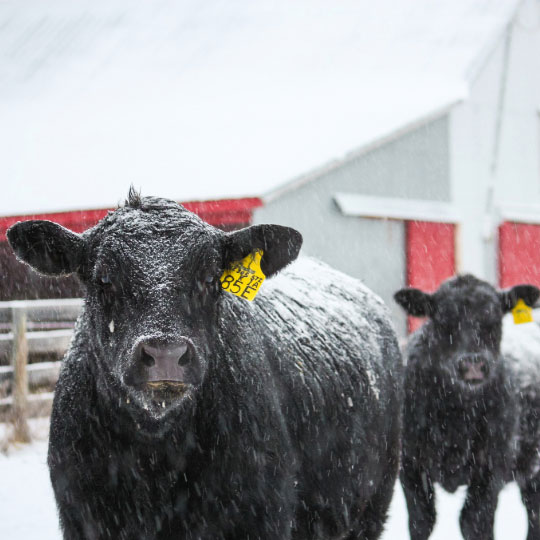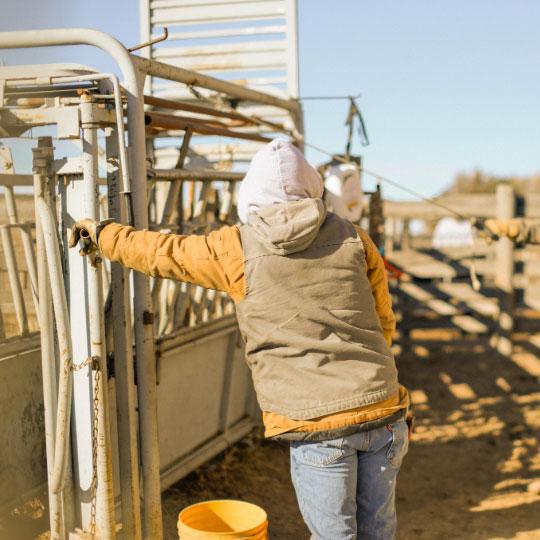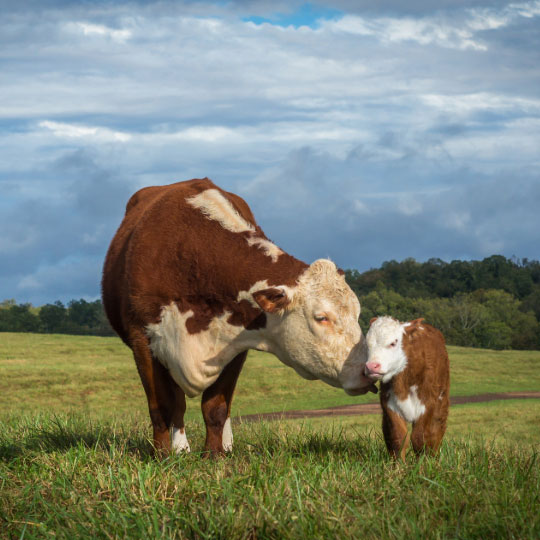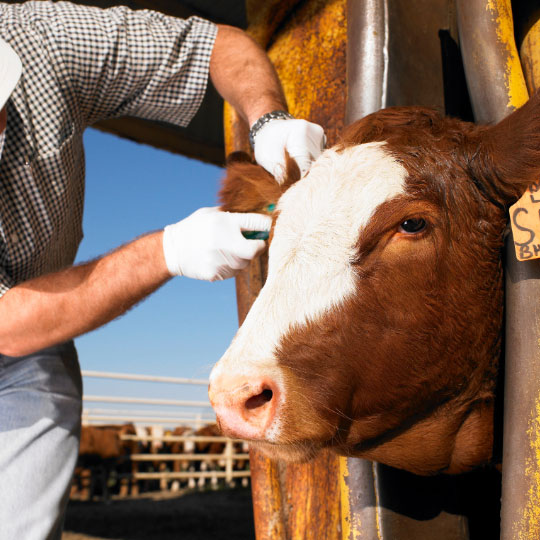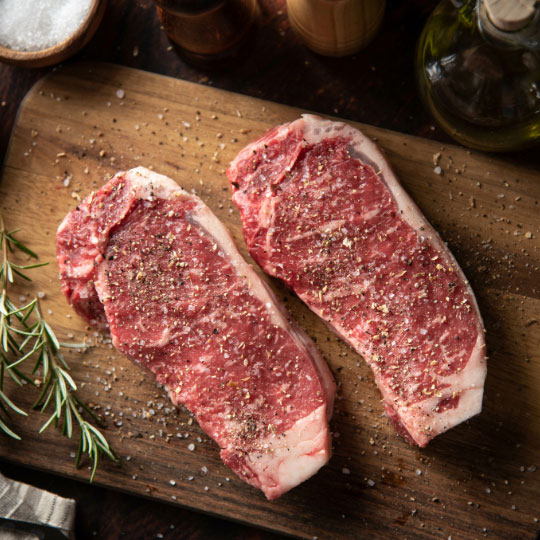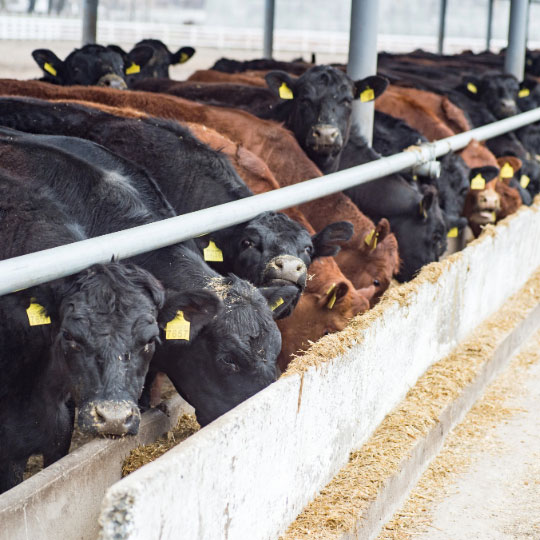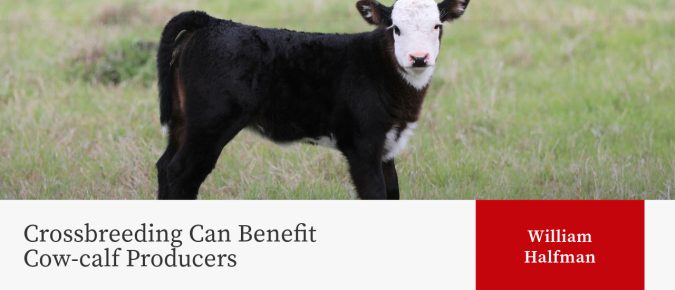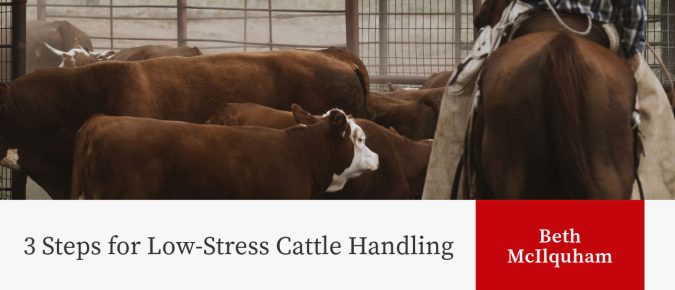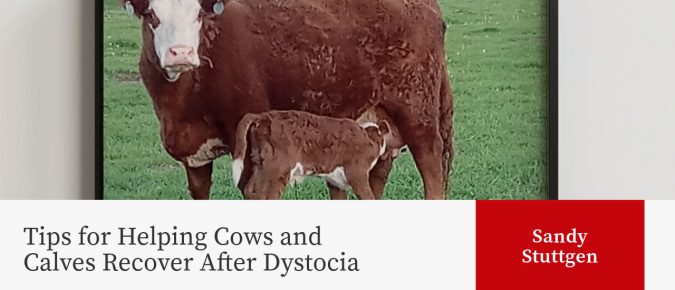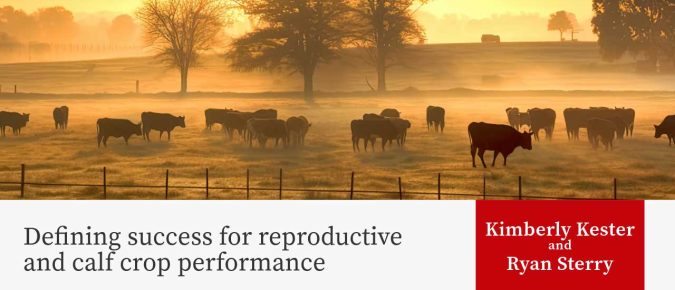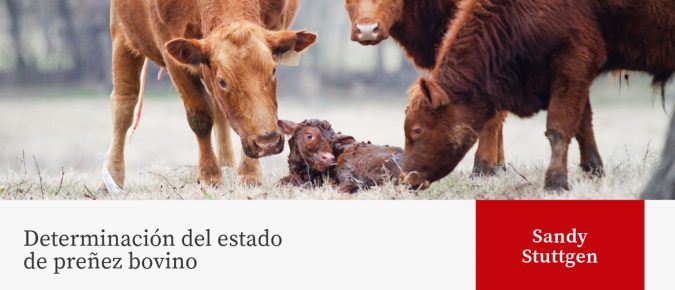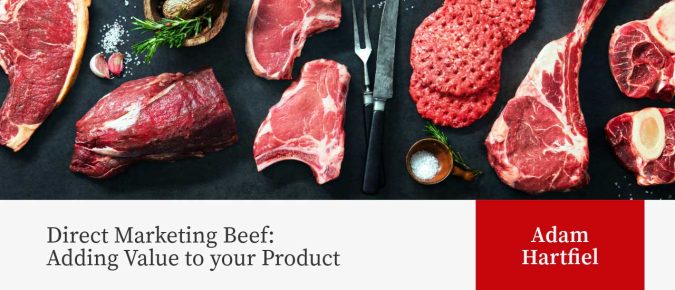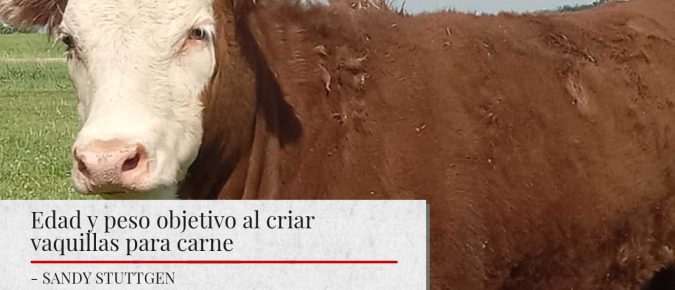Crossbreeding is overlooked as a tool that has many benefits for beef producers to improve herd productivity. A well-planned crossbreeding program leads to improvements in both the calf crop and the lifetime of momma cows compared to straight bred cows.
Reducing stress during livestock handling can increase productivity, maintain or improve meat quality, reduce sickness, and enhance animal welfare. Implementing low-stress handling techniques when working with cattle is the first step to reducing stress.
While other articles discuss when and how to deliver calves, this one helps you assist the calf and cow in recovering from a difficult calving (dystocia). Providing post-calving care following dystocia makes a huge difference for the dam and her calf.
Setting herd goals is one of the first steps towards driving on-farm success.
Grazing cattle sounds so simple. The forage grows, the cattle eat the forage, and it all ends with a “happily ever after.” Unfortunately, it’s not as simple as it sounds. To maximize cattle performance while grazing, producers must pay attention to the forage itself and how it can affect the grazing animals.
In 2023, a grazing farmer network in northwestern Wisconsin was asked to identify the greatest needs for research. At the top of their list was the practice of winter bale grazing. We designed a research project that sought to answer some of their questions about the practice.
Mantener un programa reproductivo exitoso en nuestra moderna operación lechera y de carne requiere dedicación. Si bien es gratificante escuchar un anuncio de preñez, no hay mucho que el encargado pueda hacer con esa información. Excepto esperar.
The University of Nebraska has a valuable article addressing important considerations for meeting beef cow needs during cold spells.
Finding a way to add extra value to your product may take more time and effort, but in the long run it may lead to a sustainable and profitable option for your beef operation.
Para mantener su tamaño, la tasa de reemplazo anual de un hato para carne por lo general es igual a la cantidad de vacas que salen anualmente debido a la
muerte, a su comercialización o su sacrificio. Se ha sugerido una tasa de reemplazo típica del 15 % (Thomas). Entonces, para el hato promedio de vacas y becerros de Wisconsin con 25 vacas, se necesitan cuatro reemplazos por año. Los productores deben decidir entonces si adquirir reemplazos o criar sus propias vaquillas es lo mejor para sus operaciones.

